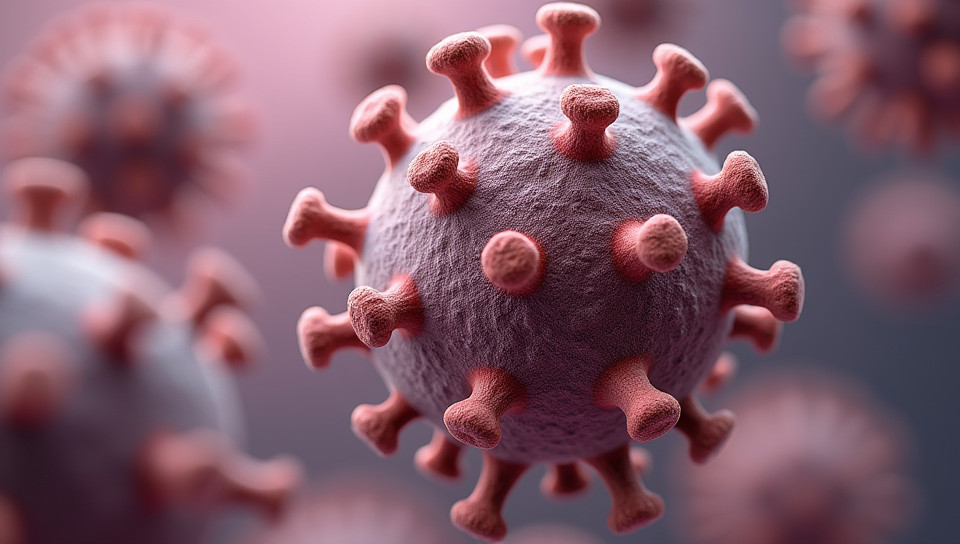More triclosan in dust leads to more antibiotic-resistant bacteria 100%

The Hidden Dangers of Triclosan: How it's Fueling Antibiotic Resistance
As we go about our daily lives, it's easy to overlook the tiny particles that surround us – dust, dirt, and other microorganisms that can have a significant impact on our health. One of these invisible threats is triclosan, a common antimicrobial chemical found in many household products, from toothpaste to soaps. But what happens when this chemical ends up in our environment? The answer is alarming: more triclosan in dust leads to more antibiotic-resistant bacteria.
What is Triclosan?
Triclosan is an antibacterial agent used in a wide range of consumer products, including personal care items, clothing, and kitchen utensils. It's added to these products to prevent the growth of microorganisms and extend their shelf life. However, triclosan has been linked to various health concerns, including hormone disruption, cancer, and antibiotic resistance.
How Does Triclosan End Up in Dust?
When triclosan-containing products are used, they can release particles into the air, which settle on surfaces as dust. This process is known as "vaporization." Over time, these particles can accumulate in our homes, schools, and workplaces, creating a reservoir of triclosan that can be inhaled or ingested.
The Consequences of Triclosan in Dust
- Exposure to triclosan through dust has been linked to the development of antibiotic-resistant bacteria.
- Antibiotic resistance occurs when bacteria evolve mechanisms to survive exposure to antibiotics, making them less effective against infections.
- As triclosan is not a natural part of our environment, it can trigger the emergence of resistant strains that are difficult to treat.
The Impact on Public Health
The spread of antibiotic-resistant bacteria has significant implications for public health. When antibiotics lose their effectiveness, we risk entering an era where even minor infections become life-threatening. According to the World Health Organization (WHO), antibiotic resistance is one of the biggest threats to global health, food security, and development.
Conclusion
As we navigate our daily lives, it's essential to be aware of the hidden dangers of triclosan in dust. By taking simple steps to reduce our exposure to this chemical, such as using triclosan-free products or creating a healthier indoor environment through ventilation and cleaning, we can help mitigate the risk of antibiotic resistance. The time to act is now – for the sake of our health, our communities, and our future.
By working together to address this critical issue, we can create a safer, more sustainable world for generations to come.
- Created by: Sofia David
- Created at: Oct. 19, 2024, 6:16 p.m.
- ID: 13625





